Rising Demand for Smart Solutions
The Room Cell Module Market is experiencing a notable increase in demand for smart solutions, driven by the growing trend of automation and connectivity in various sectors. As organizations seek to enhance operational efficiency, the integration of smart technologies into room cell modules has become essential. This shift is reflected in the projected growth rate of the market, which is expected to reach USD 2 billion by 2026. The incorporation of Internet of Things (IoT) capabilities allows for real-time monitoring and management of room environments, thereby improving user experience and resource utilization. Consequently, manufacturers are focusing on developing innovative room cell modules that cater to these smart requirements, indicating a significant transformation in the industry.
Expansion of the Hospitality Sector
The Room Cell Module Market is significantly influenced by the expansion of the hospitality sector, which is witnessing a resurgence in demand for innovative accommodation solutions. As hotels and resorts seek to enhance guest experiences, the adoption of room cell modules that offer flexibility and customization is becoming increasingly prevalent. Recent statistics indicate that the hospitality industry is projected to grow at a compound annual growth rate of 5% over the next five years. This growth is driving the need for modular solutions that can be easily adapted to various guest requirements. Consequently, manufacturers are responding by developing versatile room cell modules that cater to the evolving preferences of travelers, thereby positioning themselves favorably within the market.
Increased Focus on Energy Efficiency
Energy efficiency has emerged as a critical driver within the Room Cell Module Market, as organizations strive to reduce operational costs and minimize their environmental footprint. The implementation of energy-efficient room cell modules not only aligns with sustainability goals but also meets regulatory requirements that are becoming increasingly stringent. According to recent data, energy-efficient solutions can reduce energy consumption by up to 30%, which is a compelling incentive for businesses. This trend is prompting manufacturers to invest in research and development to create modules that utilize advanced materials and technologies, thereby enhancing energy performance. As a result, the market is likely to witness a surge in demand for energy-efficient room cell modules, reflecting a broader commitment to sustainability.
Growing Interest in Modular Living Spaces
The Room Cell Module Market is witnessing a growing interest in modular living spaces, driven by changing consumer preferences and urbanization trends. As urban areas become increasingly congested, there is a rising demand for flexible living solutions that can be easily relocated or reconfigured. This shift is reflected in the increasing popularity of modular homes and temporary living spaces, which are often constructed using room cell modules. Market analysis indicates that the modular housing sector is expected to grow by 7% annually, highlighting the potential for room cell modules to cater to this emerging market. Manufacturers are thus focusing on creating adaptable and aesthetically pleasing room cell modules that appeal to modern consumers, suggesting a promising future for the industry.
Technological Integration in Construction
The Room Cell Module Market is benefiting from the technological integration in construction processes, which is revolutionizing how room cell modules are designed and manufactured. The adoption of Building Information Modeling (BIM) and prefabrication techniques is streamlining the construction workflow, resulting in reduced lead times and enhanced quality control. Data suggests that the use of prefabricated room cell modules can decrease construction time by up to 50%, which is a significant advantage in a competitive market. This trend is encouraging construction firms to collaborate with module manufacturers to create tailored solutions that meet specific project requirements. As a result, the market is likely to see an increase in demand for technologically advanced room cell modules that facilitate efficient construction practices.


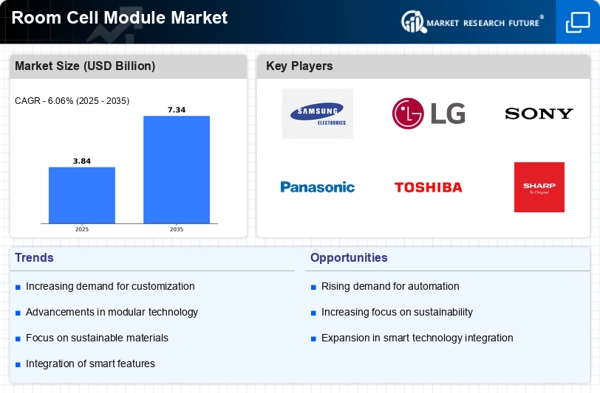

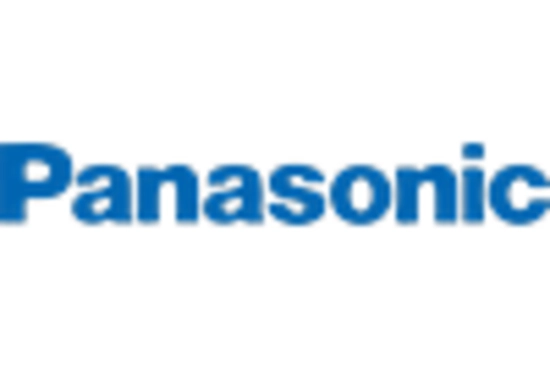

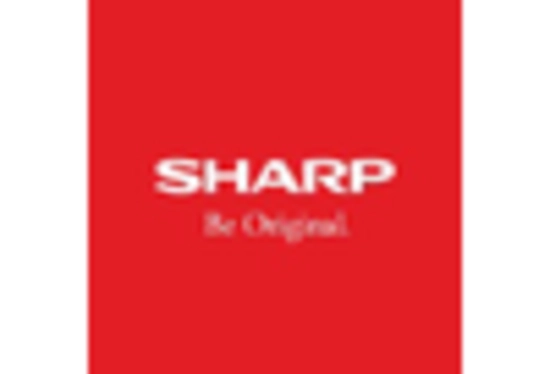
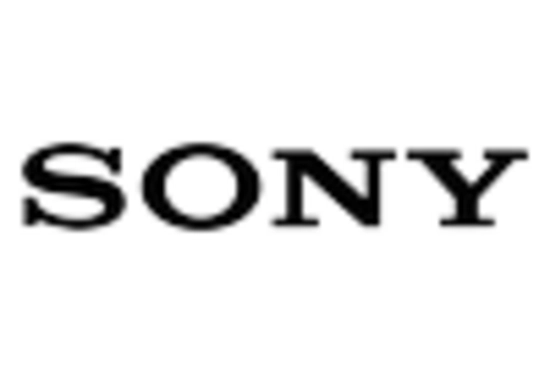
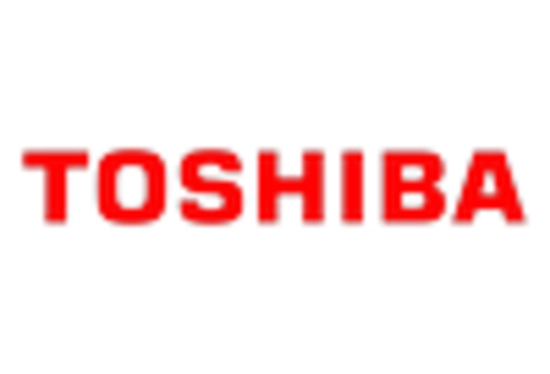








Leave a Comment